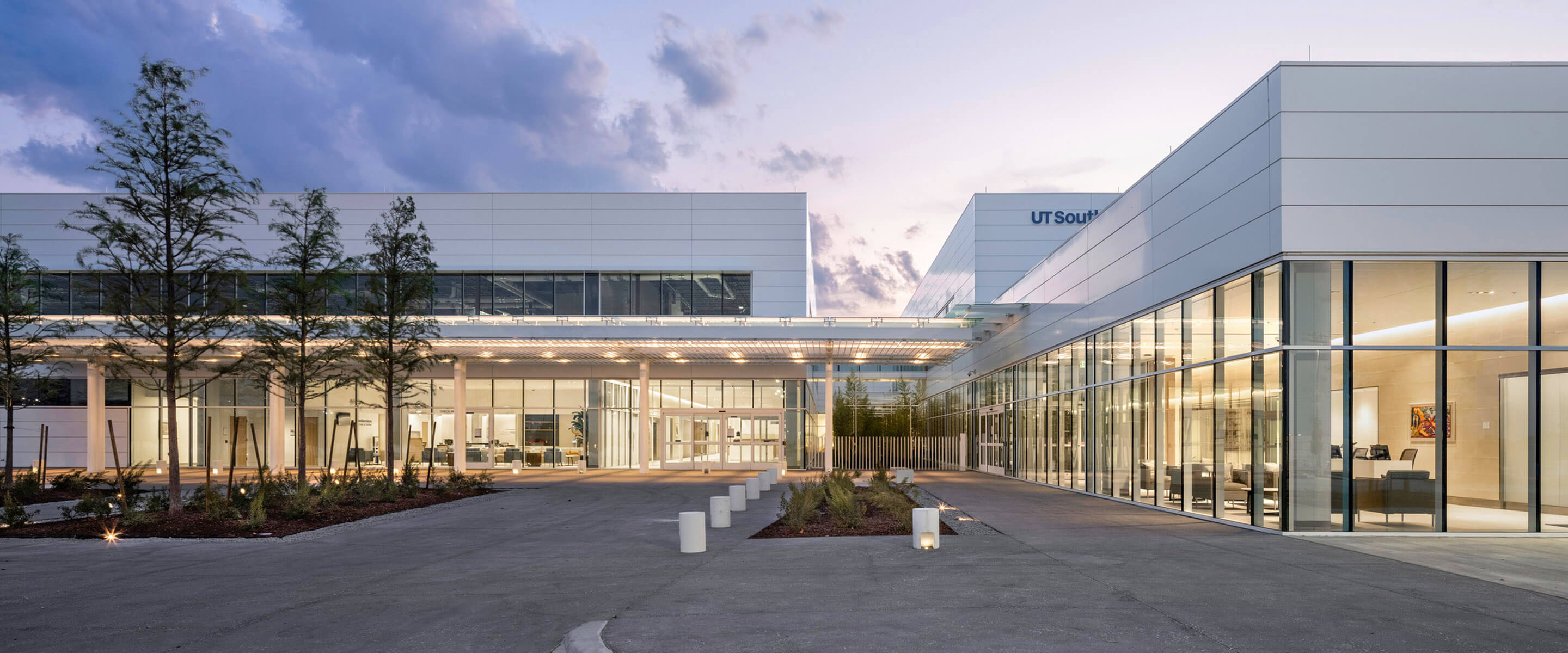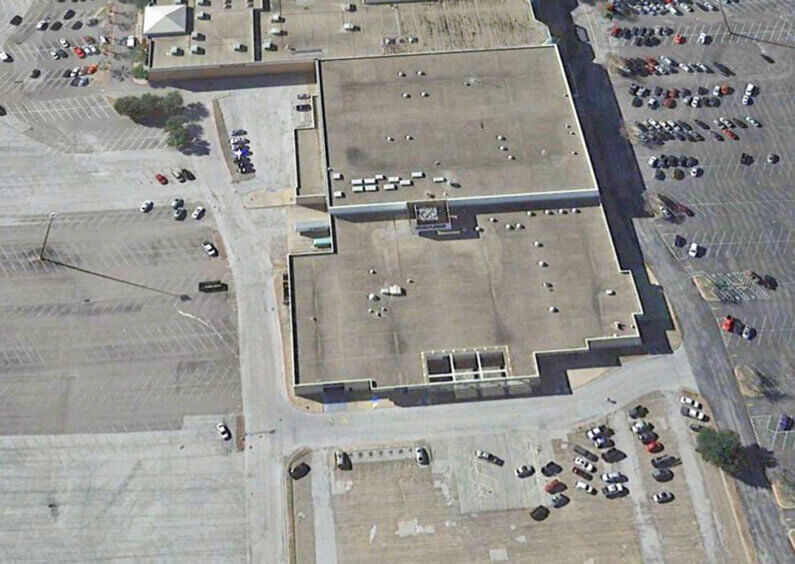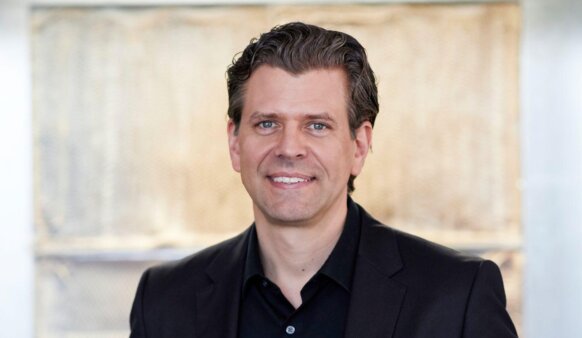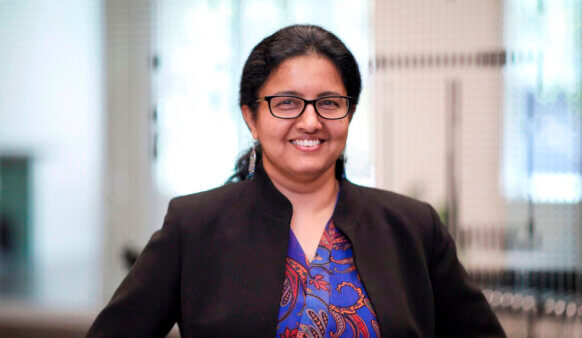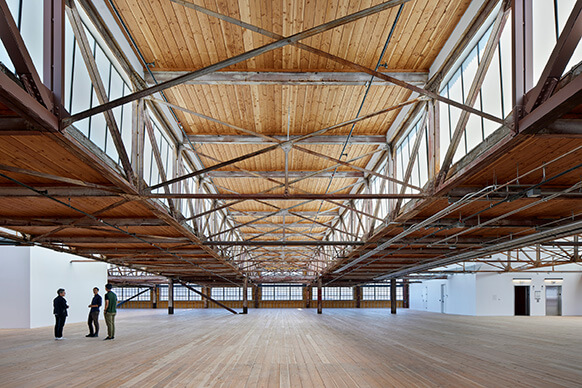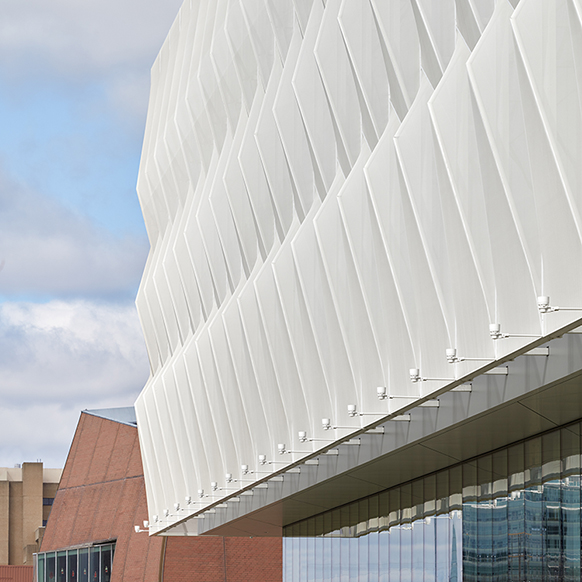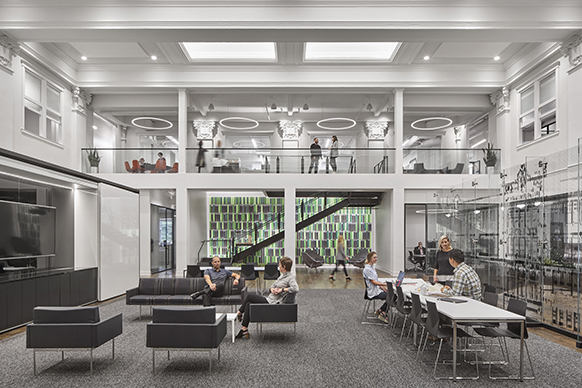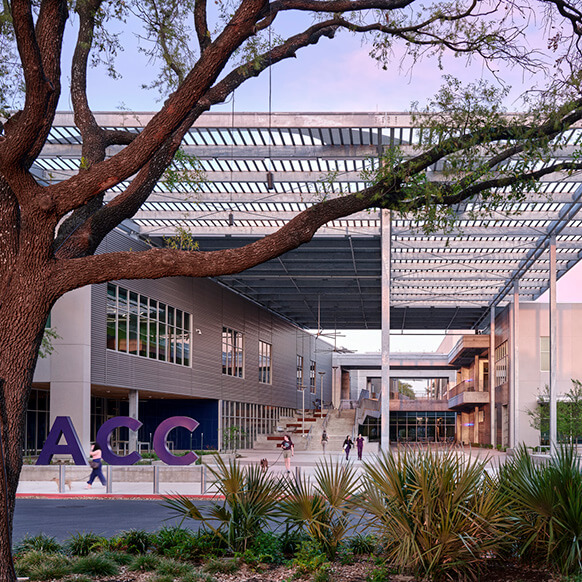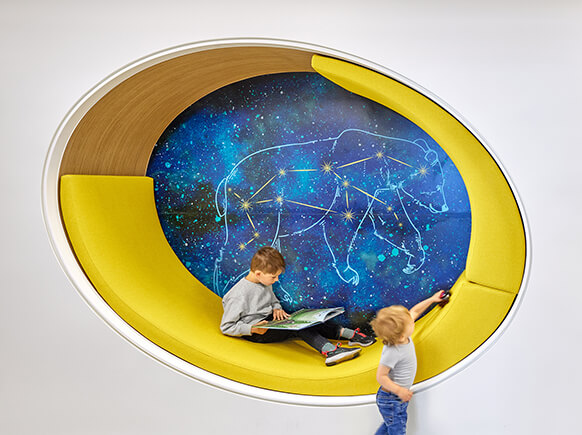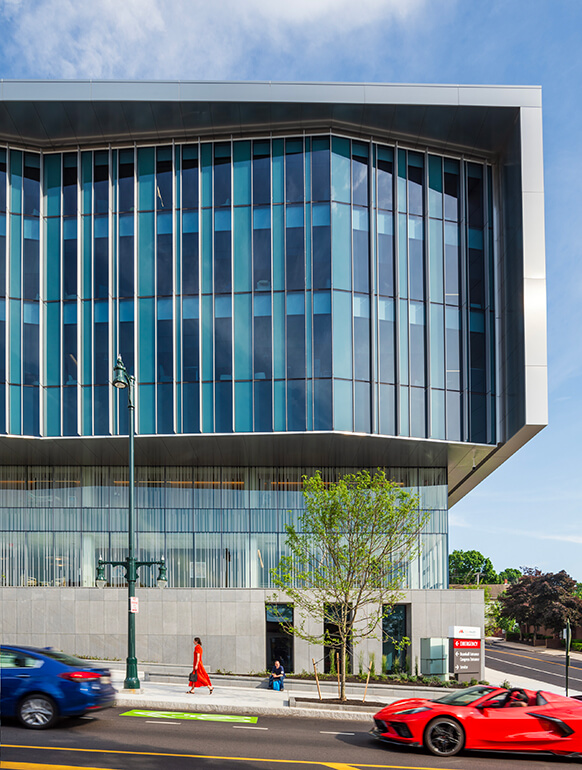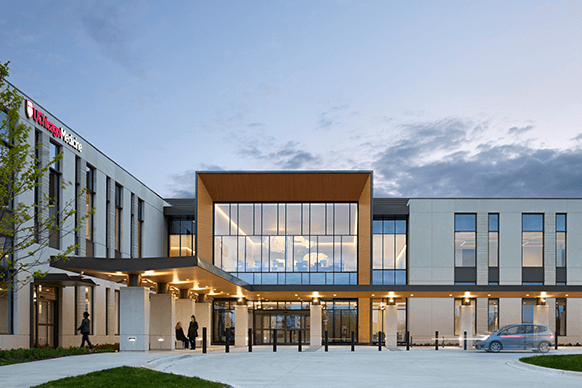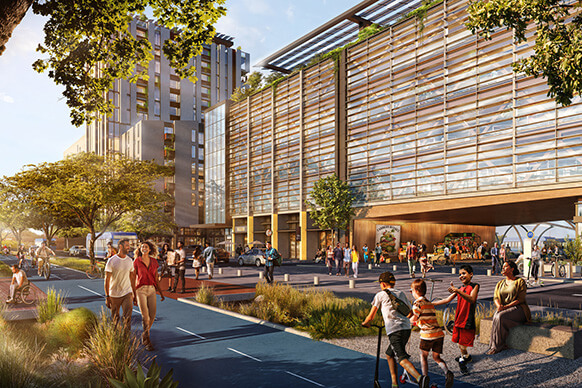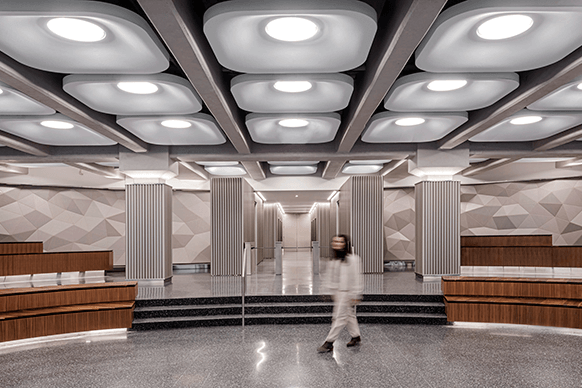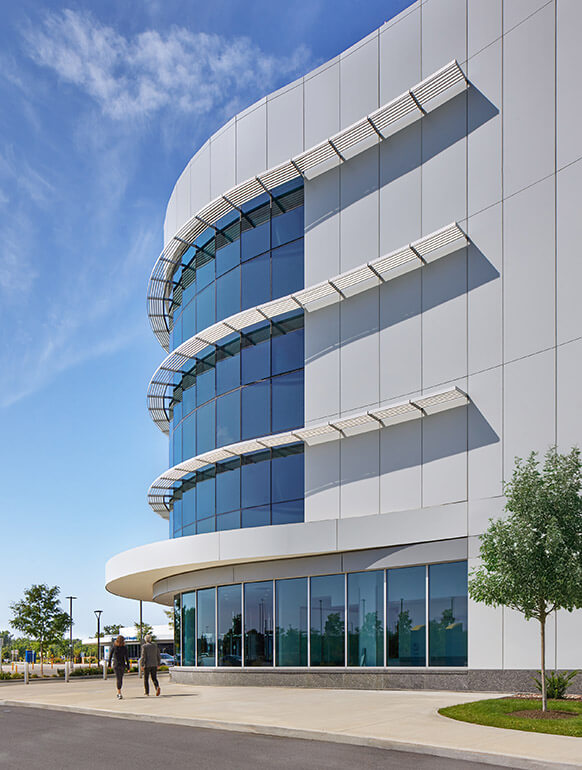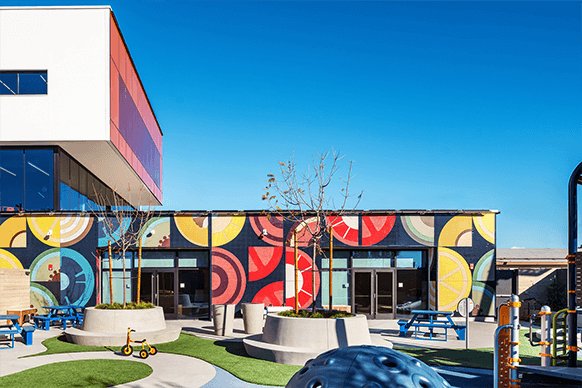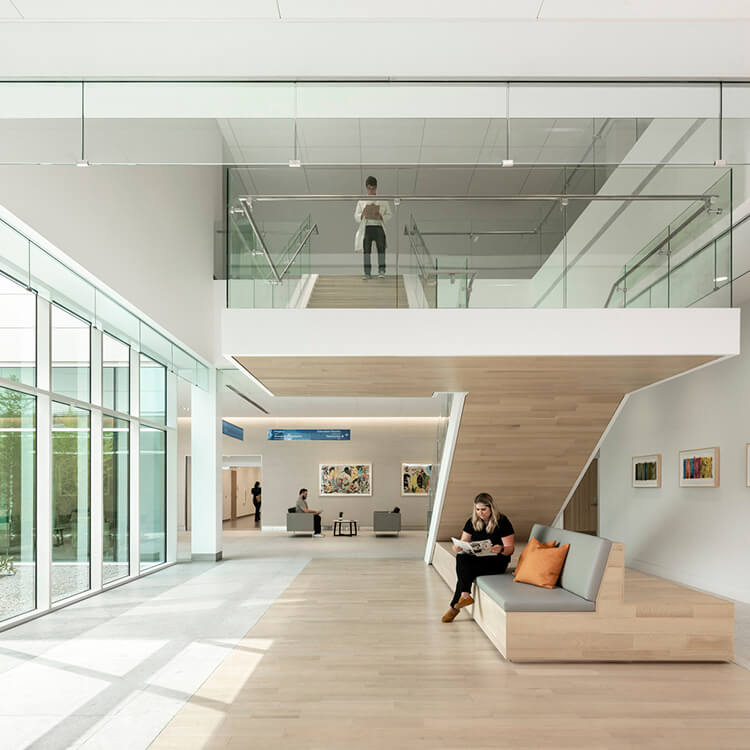
UT Southwestern Medical Center at RedBird
In 2019, when the Sears at Southern Dallas’s once-lively Red Bird Mall shuttered after years of decline, a developer saw opportunity: the site was highly visible from the freeway, rife with parking options, and easily accessible via public transport. And southern Dallas, an area with roughly half the city’s population, had limited access to preventative healthcare. This inequitable distribution of care went hand in hand with a documented increased risk of heart disease, stroke, and cancer when compared to North Dallas.
Now, an abandoned retail destination has been transformed into one of UT Southwestern’s largest outpatient centers, and idle space has become a prevention and screening gateway for greatest-need services. This transformation has redefined the broader mixed-use Reimagine RedBird development as a cornerstone for wellness in an underserved community.
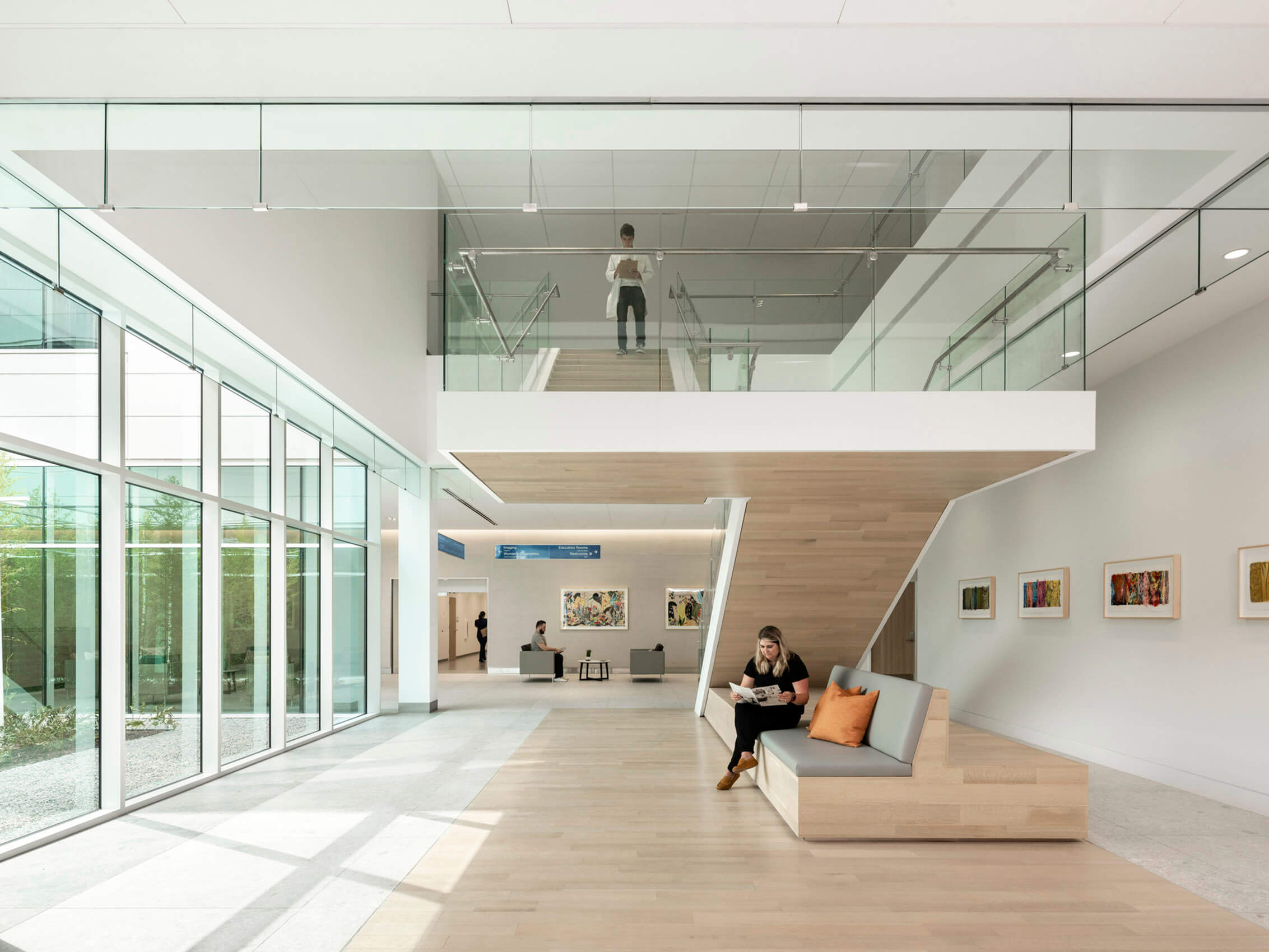
Renovating a large retail space from the 1970s posed multiple challenges, from floors incapable of supporting heavy imaging machinery to massive pancake-like floor plates with minimal natural light. Evaluating the existing 250,000-square-foot facility for components that could be effectively adapted, we strategically cut away at the mass and reconfigured the site.
A key intervention? Infusing the clinic with daylight through a deep slot in the center of the building. We then turned the open space into a soothing evergreen bamboo garden.
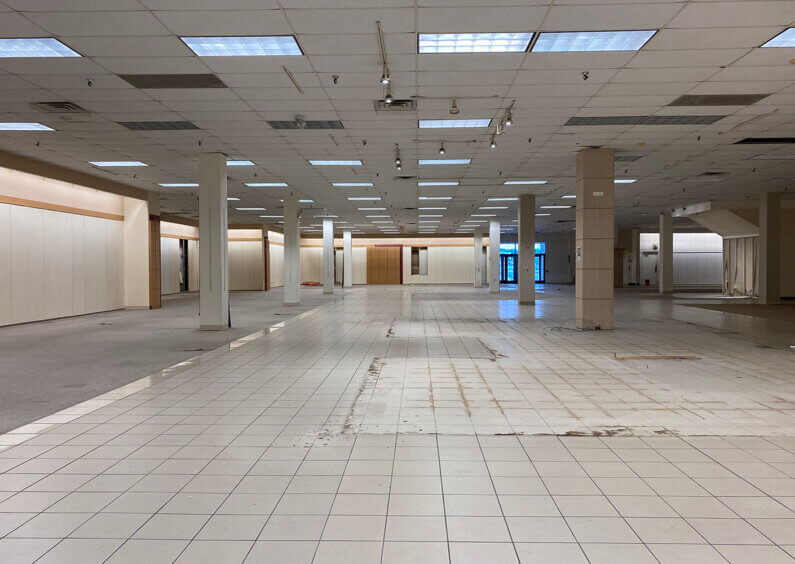
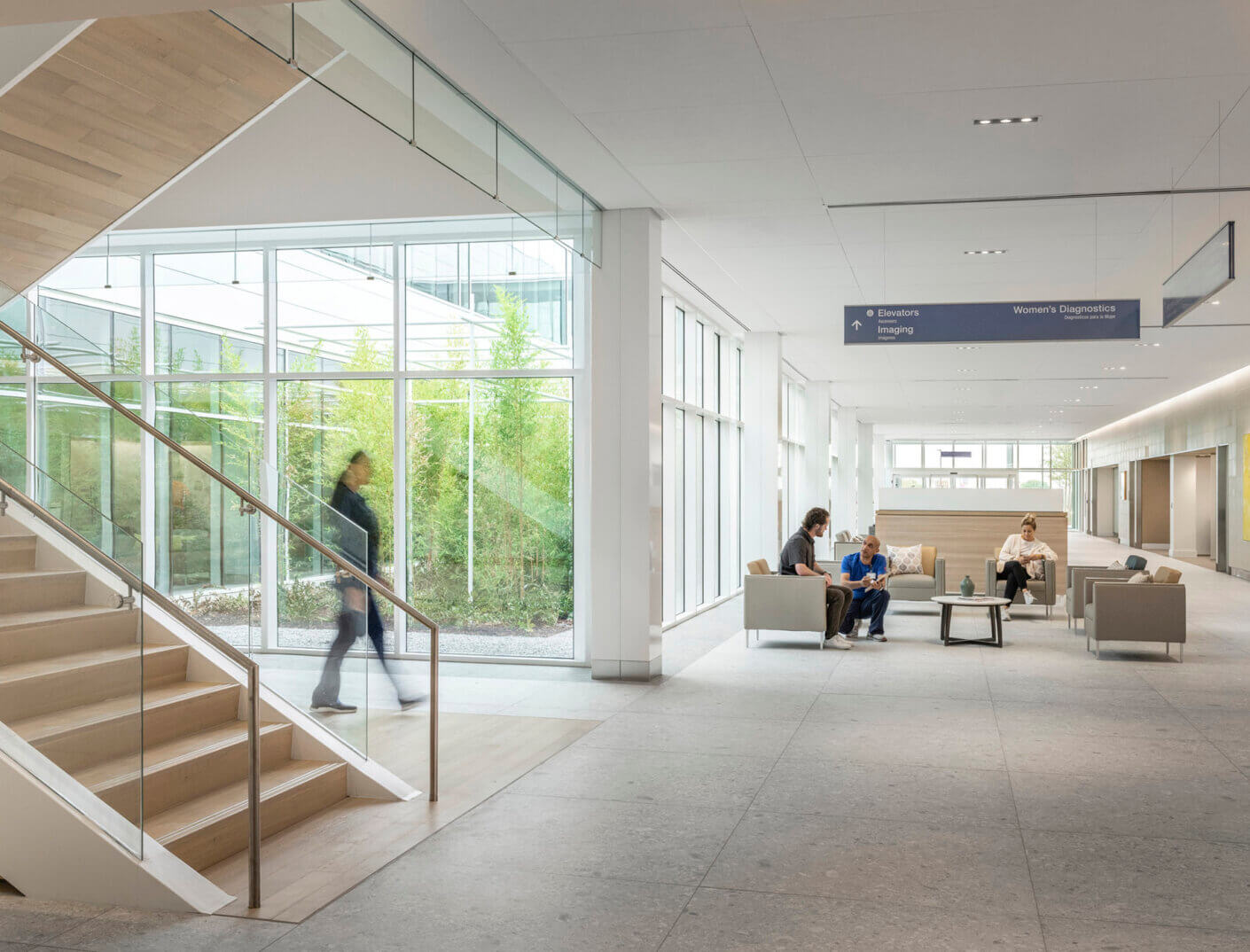
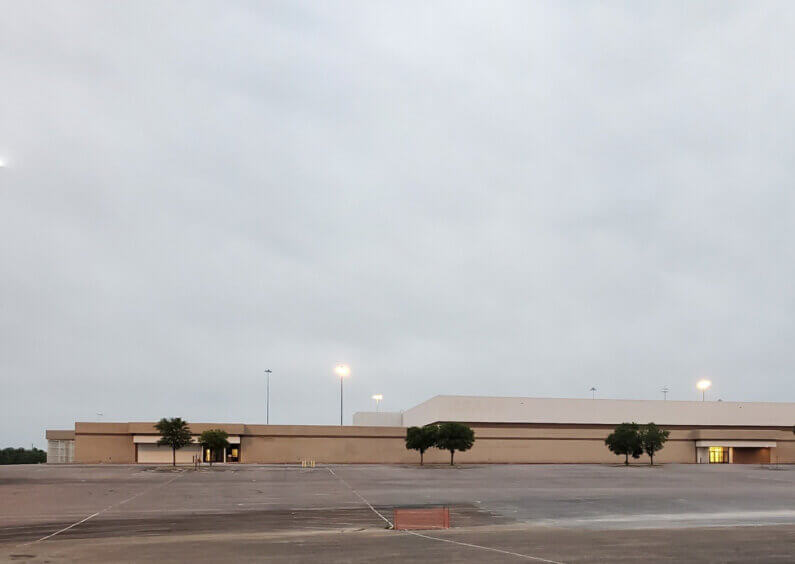

Dallas Design Director Ron Stelmarski
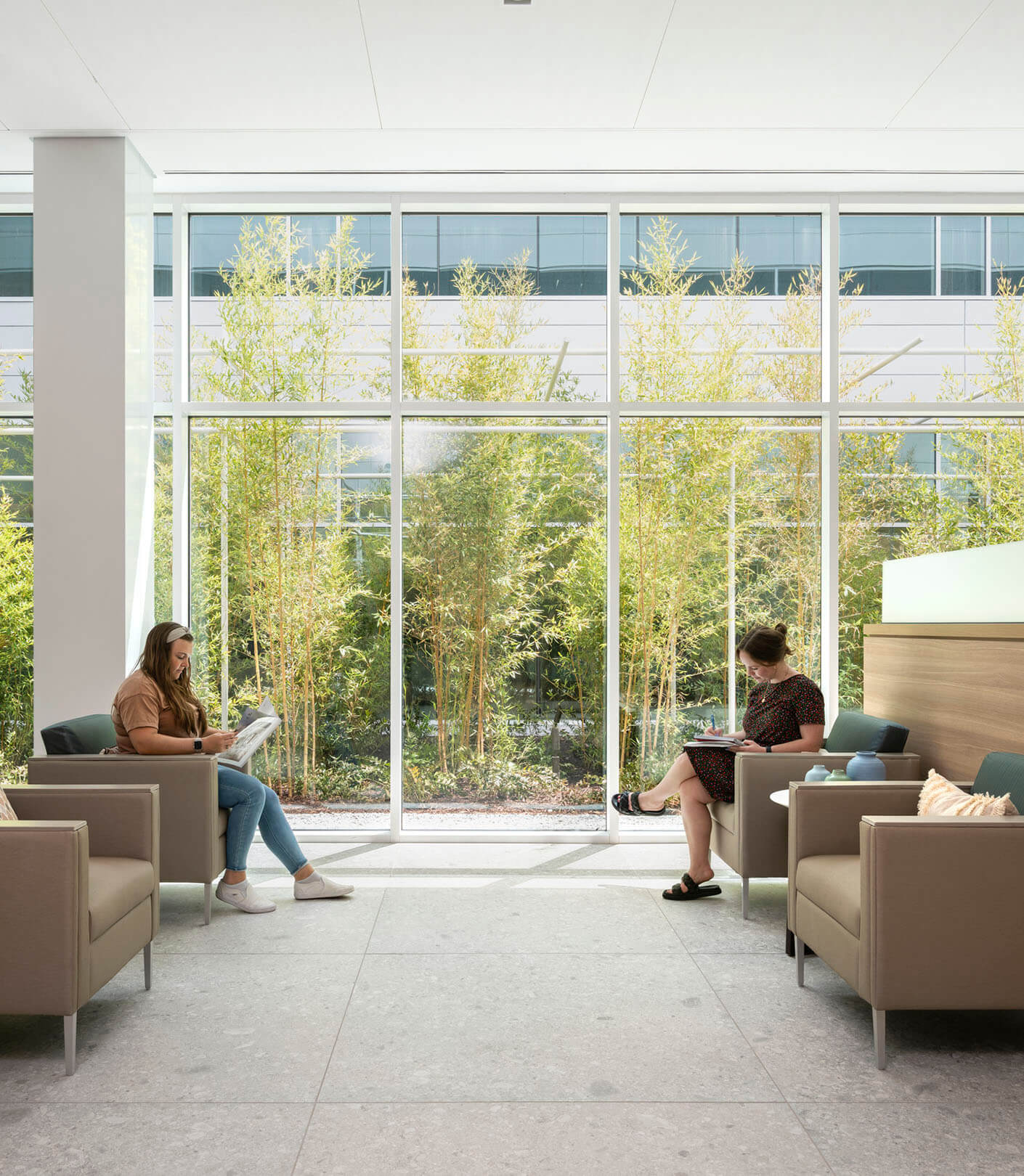
The design invites patients into a tranquil space to receive care. Thanks to the courtyard, encased in floor-to-ceiling window walls, the clinic’s large size doesn’t translate to cavernous depths. Rather, it’s full of light, dappled and soothing through the manicured bamboo garden. This calming visual respite animates the space from the moment of arrival and doubles as a wayfinding anchor in the core circulation area, making navigation simple and clear.

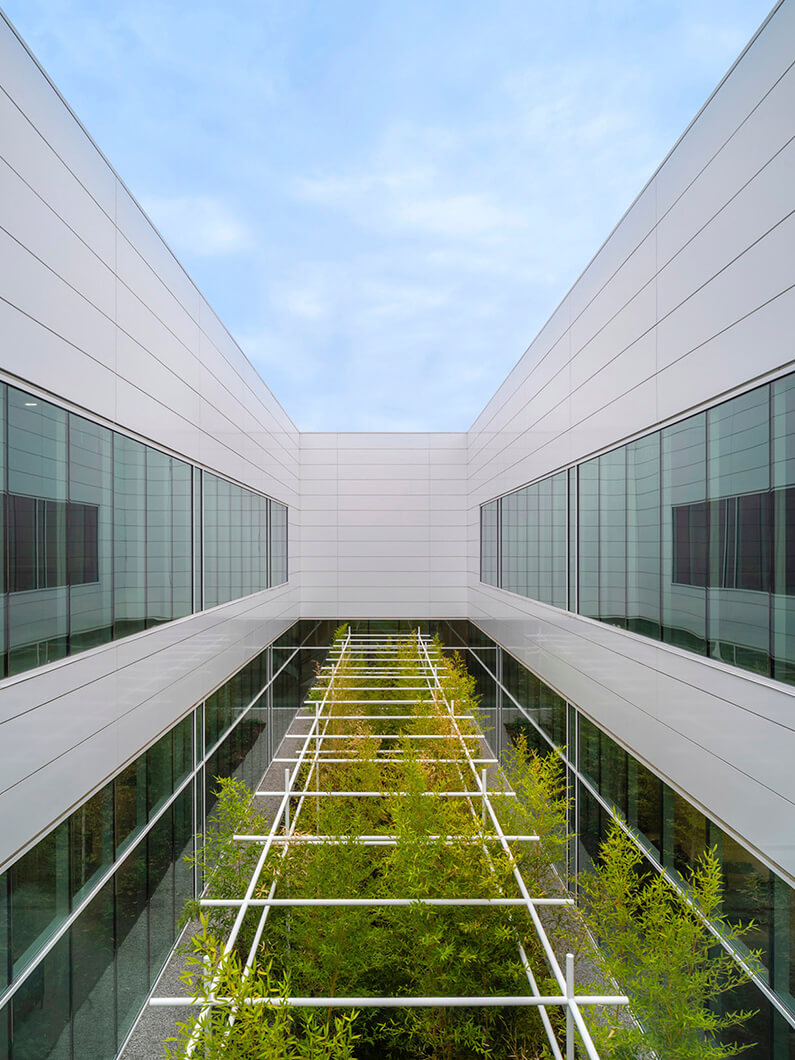
At RedBird, we applied the innovative onstage/offstage model—one of the first and largest implementations of the concept within UT Southwestern. This model separates patient spaces from the clinicians’ behind-the-scenes hustle and bustle, benefitting both sides of the healthcare experience. Patients and family members walk from waiting areas to exam rooms without seeing or walking through zones of staff use, and an offstage core of hallways, meeting rooms, and collaborative spaces lets providers interact privately and travel more efficiently. The model also lowers wait times.
